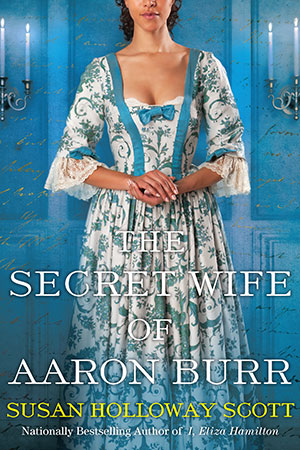 |
| Waltzing 1821 |
Some comments on the kinds of physical activities ladies of the 18th and 19th century engaged in led to me to thinking about dancing, and waltzing in particular.
Early in my writing career, I became aware that the waltz had changed over the years, and the early form of the dance wasn’t quite like what we’re familiar with. Images like the ones I’ve posted here don’t look like the style of waltz we’re used to.
According to Elizabeth Aldrich’s From the Ballroom to Hell, “During the first forty years of the nineteenth century, waltzing couples turned clockwise as partners while traveling counterclockwise around the room. This constant spinning, never reversing, could and did produce a feeling of euphoria—or worse, vertigo—that could result in a loss of control.”
 |
| 9 Positions of the Waltz 1816 |
The dance was controversial. Lord Byron disapproved. Yes, really. Others said it was unsuitable for unmarried, highly sensitive, and/or delicate women. I can tell you from my own experience, learning to waltz in a ballroom dancing class, that it is very sexy, and I understood why people disapproved. Also, though I was much younger then, I wasn’t used to ballroom dancing, and one waltz left me a little winded. Even with lots of practice, an entire evening of dancing, in the Regency and Victorian eras, must have provided vigorous exercise.
If you're curious about the precise steps for this era (though they do vary), Carlo Blassis's (trans by R. Barton), The Code of Terpischore, offers a detailed description of the waltz. I have a hard time reading these sorts of instructions, but others of you may be able to picture or re-enact it better.
I wanted to focus on this excerpt, however, which gives a sense of one difference between earlier and later forms of the waltz: “The gentleman should hold the lady by the right hand, and above the waist, or by both hands, if waltzing be difficult for her; or otherwise, it would be better for the gentleman to support the right hand of the lady by his left. The arms should be kept in a rounded position, which is the most graceful, preserving them without motion; and in this position one person should keep as far from the other as the arms will permit, so that neither may be incommoded.” This does correspond with the early 19th century images.
Here is a note from Hints on Etiquette and the Usages of Society; with a glance at Bad Habits (1836): “If a lady waltz with you, beware not to press her waist; you must only lightly touch it with the open palm of your hand, lest you leave a disagreeable impression not only on her ceinture, but on her mind.”
 |
| Cruikshank, Specimens of Waltzing 1817 |
For a more detailed account of the waltz—with lots of lovely images—you might want to read Paul Cooper’s post at Regency Dances.org.
Images: Waltzing 1821, courtesy Lewis Walpole Library Digital Collection; Detail from frontispiece to Thomas Wilson's Correct Method of German and French Waltzing (1816), showing nine positions of the Waltz, via Wikipedia; Specimens of Waltzing, George Cruikshank, 1817-06-04, courtesy New York Public Library.
Clicking on the image will enlarge it. Clicking on the caption will take you to the source, where you can learn more and enlarge images as needed. FYI: If you order a book through one of my posts, I might get a small share of the sale.

















 One of us --
One of us -- 


